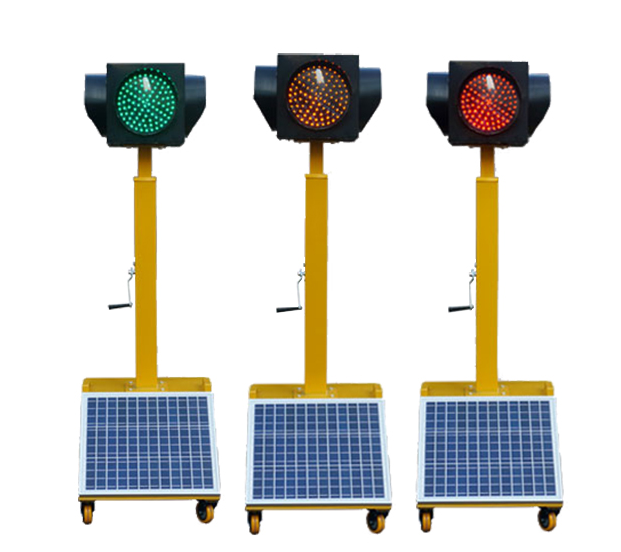Hydrangea cultivation management method
Hydrangea Cultivation and Management Tips:
Propagation methods for hydrangeas include using runners, layering, and cuttings. Greenhouse cuttings can be done all year round. Typically, it's best to take cuttings between May and June, combining them with early spring pruning and post-flowering shaping. Choose semi-woody, pest-free branches that are about 10 to 15 cm long. Keep 2 to 3 nodes and 1 to 2 leaves at the top. Insert them into a sand or vermiculite-based seedbed, ensuring proper coverage. Keep the substrate moist, maintain an air humidity above 80%, and rooting usually begins after around 18 days. Gradually reduce watering frequency and increase light exposure, then transplant the cuttings after approximately one month.
For cultivation management, once the cuttings have rooted, they should be transplanted into pots. Hydrangeas prefer loose, fertile, and well-drained soil. A common mix is 4 parts humus soil, 4 parts garden soil, and 2 parts organic fertilizer. For large-scale production, a mix of 6 parts grass carbon, 2 parts perlite, and 2 parts organic fertilizer is often used, and it should be thoroughly disinfected before planting.

Fertilization is essential for healthy growth. Organic fertilizer is typically applied every two weeks. During the early growth stage, more nitrogen-rich fertilizers are beneficial. As flower buds begin to form, phosphorus and potassium fertilizers become more important. Foliar sprays of 0.1% to 0.2% potassium dihydrogen phosphate can also be applied 2 to 3 times. Once the flower buds start to change color, stop fertilizing.
Watering is crucial because hydrangea leaves have high transpiration rates. Even short periods of drought can cause wilting, leaf drying, and flower necrosis. In summer, shading is necessary to reduce transpiration and maintain air humidity above 60%. Additionally, the color of hydrangea flowers is influenced by soil pH—blue in acidic conditions and red in alkaline conditions. Adjust the water pH accordingly if you want to achieve a specific flower color.
Temperature control is vital for hydrangeas. They do not tolerate high temperatures well, so the ideal range is between 15°C and 25°C. High temperatures can cause plants to become stunted and lose their vibrant color, reducing overall quality. After the flower buds have developed color, keep the temperature between 10°C and 12°C to enhance the bloom color and extend its lifespan.
Lighting requirements are moderate. Hydrangeas are shade-tolerant, but direct sunlight can cause sunburn. During the growing season, provide 60% shade. After the flowers have colored, continue shading appropriately to prevent fading and maintain their brilliance.
Pruning is important to maintain plant health. Hydrangeas produce many nutrient shoots at the base, which can drain energy from the main plant. These should be removed promptly. If replacing old branches, select a strong, healthy shoot as a replacement. After flowering, leave 2 to 3 strong new shoots to encourage further growth.
Flower regulation is key for controlling blooming time. To ensure blooms for the Spring Festival, select healthy plants aged 3 to 5 years. Place them in a low-temperature environment (2°C to 4°C) for 14 days, then move them to a greenhouse with temperatures between 10°C and 20°C. It takes about 50 to 60 days for the flowers to open. Ensure regular ventilation, good lighting, and high humidity. Apply organic liquid fertilizer every two weeks until the flowers appear.

Solar traffic lights are innovative devices that utilize solar energy to power traffic signals. These lights are equipped with solar panels that capture sunlight and convert it into electricity, which is then stored in batteries for use during the night or on cloudy days.
Key Features
- Renewable Energy Source: Solar traffic lights harness energy from the sun, making them environmentally friendly and sustainable.
- Battery Storage: Excess energy is stored in batteries to ensure continuous operation even when sunlight is not available.
- LED Lights: High-efficiency LED bulbs are used to reduce energy consumption and increase visibility.
Benefits
- Reduced Carbon Footprint: By using solar power, these lights help reduce greenhouse gas emissions and promote cleaner air.
- Low Maintenance: Solar traffic lights typically require less maintenance compared to traditional systems, as they have fewer moving parts.
- Cost-Effective: Over time, the use of solar energy can lead to significant cost savings on electricity bills.
In summary, solar traffic lights offer a sustainable and efficient solution for managing traffic while minimizing environmental impact.
solar traffic lights,solar powered traffic lights,portable traffic lights,led stop signs solar,solar traffic signs
Yangzhou M.T. New Energy & Lighting Group Co., Ltd. , https://www.mtstreetlight.com